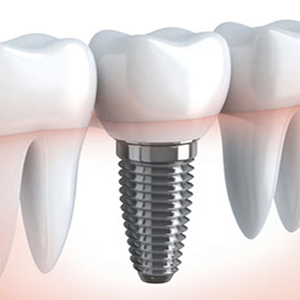Articles
Vol. 14 No. 3 (2022)
Screw loosening of original and non-original abutments in implant dentistry: an in vitro study

Publisher's note
All claims expressed in this article are solely those of the authors and do not necessarily represent those of their affiliated organizations, or those of the publisher, the editors and the reviewers. Any product that may be evaluated in this article or claim that may be made by its manufacturer is not guaranteed or endorsed by the publisher.
All claims expressed in this article are solely those of the authors and do not necessarily represent those of their affiliated organizations, or those of the publisher, the editors and the reviewers. Any product that may be evaluated in this article or claim that may be made by its manufacturer is not guaranteed or endorsed by the publisher.
Received: 28 May 2020
Accepted: 23 February 2022
Accepted: 23 February 2022
1311
Views
837
Downloads












